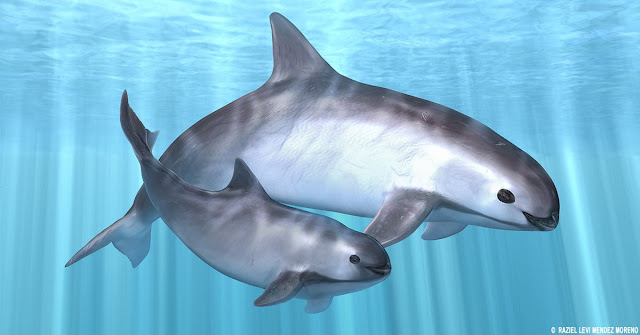Tijuana Zonkey’s bring smiles and an uncertain future
 |
| It's a Tijuana tradition. You're grandparents probably have a Zonkey photo. |
Written by Lencho
Paint a donkey to look like a Zebra and you will undoubtedly
draw attention. Slightly confused,
curious and definitely intrigued, whether you are six years old or fifty years
old, that is the feeling most will have when they walk past the Zonkeys of
Tijuana. These Zonkeys have been an icon
on the busiest corners of Mexico’s most bustling border town for ninety-nine
years.
The first photo of a tourist with a donkey in Tijuana is
said to have happened nearly a century ago in 1914. At that time a photo of a tourist on a light
skinned donkey was a technological and magical accomplishment. Donkey’s have light colored hides, from gray
to white and often the photos that were produced from the crude black and white
camera was of a person sitting on what looked to be a ghost of a donkey. So somewhere in the 1940’s the Donkey’s
earned their stripes. Unlike their Zebra
cousins in Africa the Mexican “Burrocebra’s” stripes were there not to create confusion
for lions, leopards and other predators but to help the animal stand out in the
photo.
Since the 1940’s Zonkeys have been a mainstay on the
streets of Avenida Revolucion. For over
half a century if you were a kid and visited Tijuana and didn’t have a photo of
you on the back of one of these evolutionary marvels, you could spend years in
therapy trying to understand the laws of denial and absence. These animals have become such an important
part of Tijuana culture and history that the city’s professional basketball
team is named in their honor, the Tijuana Zonkey’s.
 |
| 1944 tourist photo courtesy of Jackson Library, The University of North Carolina at Greensboro |
Tijuana Zonkeys spend their days standing, eating corn
and bringing smiles to the faces of young and old passer bys. At night they walk back with their brightly
painted carts, hats and blankets to quiet subterranean stables off Calle
Sexta.
It is uncertain how much longer the Zonkey’s of Tijuana will be around, after all the reason to paint the stripes in the first place was to ensure the animals could be seen in the poor quality of black and white photographs of the times. But now with 14 megapixel photos coming out of every tourists phone and camera the Zonkistas are struggling. A picture taken for you on a Zonkey will cost you $10.00 and to take a photo with your own camera it is customary to give at least $5.00 to the Zonkista that cares for the animal, remember both the Zonkistas and the Zonkeys need to eat.
 |
| Hello Donkey |
 |
| Information on the side of the cart |
It is uncertain how much longer the Zonkey’s of Tijuana will be around, after all the reason to paint the stripes in the first place was to ensure the animals could be seen in the poor quality of black and white photographs of the times. But now with 14 megapixel photos coming out of every tourists phone and camera the Zonkistas are struggling. A picture taken for you on a Zonkey will cost you $10.00 and to take a photo with your own camera it is customary to give at least $5.00 to the Zonkista that cares for the animal, remember both the Zonkistas and the Zonkeys need to eat.
Zonkeys are an important part of Tijuana and as connected
to the city as Shamu is to San Diego, in fact maybe more so, as you will not
find another animal of its kind anywhere else in the world. So what’s next for Tijuana’s longest running
tourist attraction? Only Industrial
Evolution can tell. Perhaps the best
thing to do is to go back to the old days of black and white, rudimentary cameras
and show the new hybrid, hi-tech children just how magical an image on a piece
of paper can be.
Lencho
Editor's Note: We are putting together the world’s largest archive of Zonkey photos. Do you have an old photo of you or someone you know on a Zonkey? Please email me a copy of your photo. Spread the word.
About the writer: Lencho is a freelance travel adventure writer with a genuine love and curiosity of the world with a particular affinity for Latin American cultures, people, food, wild spaces, urban places and a seeker of human smiles and laughter. Lencho.MexicoVisitor@gmail.com




Comments